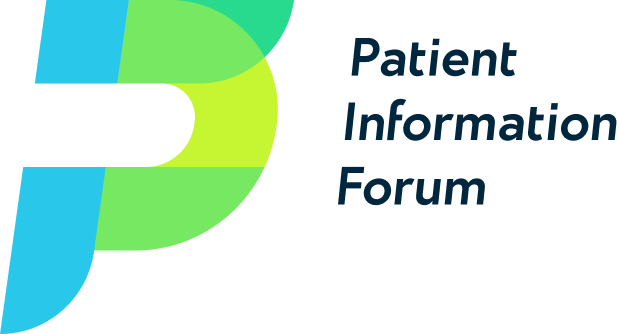
Health inequalities cut lives short; Latest digital inclusion data; Using TikTok to reach new audiences
Lives cut short by health inequalities
A report from the UCL Institute of Health Equity (IHE) has found 1 million people lived shorter lives than they should between 2011 and the start of the pandemic.
In contrast to the traditional focus on the health of the poorest, Health Inequalities, Lives Cut Short considers the life expectancy of the 9 in 10 people who do not live in England's wealthiest areas.
The new findings add weight to IHE's two reviews of health inequalities in 2020 – 10 years On Review and COVID-19 Review.
To contextualise the UK’s downwards health trend, the IHE also analysed European Union data.
It found, in 2014, both men and women in the UK had a higher average number of healthy years lived than those in the EU.
However, by 2017, healthy years lived in the UK had stagnated for men and fallen for women. In the same period it increased by more than two years in the EU.
Read more about Health Inequalities, Lives Cut Short here.
Latest digital inclusion data published
Lloyds has published its 2023 Consumer Digital Index.
The annual report is packed with useful data on digital access and barriers to inclusion. Key data from the latest report includes:
- 1 in 4 people in the UK have the lowest digital capability and are likely to struggle interacting with online services
- 2.1 million people in the UK are offline
- 4.7 million people cannot connect to Wi-Fi, impacting their everyday lives
- Twice as many people who are offline indicate a health condition compared with those online
The report says growing digital disparity is being driven by 3 main factors – cost of living, fear of fraud and lack of motivation to learn.
Read the full 2023 Consumer Digital Index here.
Digital inclusion resources for people and organisations
Charity Digital has published a list of resources to help people get online, develop digital skills and increase digital inclusion.
The list includes resources for both individuals and organisations.
It includes links to the latest digital inclusion research and signposts organisations already working to promote digital inclusion.
Access the full list of digital inclusion resources here.
How TikTok can help the NHS reach new audiences
In this blog, Holly Felstead shares how TikTok and other social media sites have helped her Trust target "hard to reach" younger people and generate meaningful engagement with the local community.
Holly is social media manager for Berkshire Healthcare NHS Foundation Trust.
Read the full blog via the digitalhealth website here.
Using stories to communicate patient experience
A January edition of Patient Experience explores how storytelling can be effectively used to communicate patient experience.
Sue Robins makes the case for safe spaces for patient storytellers and shares her experiences as a speaker.
Lynn Laidlaw discusses being both an expert by experience and researcher simultaneously.
A special feature also reveals the patchy way in which people’s healthcare stories are brought into the patient experience evidence base.
Access the full edition via The Patient Experience Library here.
Tools for tackling inequality in health and wellbeing
Researchers have developed a series of smart decision tools to help governments reduce social inequality in health and wellbeing.
The team from the University of York say the tools could help to reduce health inequality by modifying decisions about screening and vaccination, as well as investments in facilities and new medicines.
The tools can also be used to create health inequality “league tables” showing how interventions for different diseases might reduce health inequality.
Read more via the University of York website here.
The impact of COVID-19 on women, employment and health inequalities
Public Health Wales has published an explanatory note and infographic exploring the impact of COVID-19 on women of working age.
It uses the lens of a health impact assessment, identifying both positive and negative health and wellbeing impacts, and highlights the equity impacts on different population groups.
The report identifies population groups impacted by COVID-19 and employment. They include:
- Female carers and lone mothers
- Women from ethnic minority backgrounds
- Women with chronic conditions or disabilities
- Women affected by violence or abuse
#HealthNow evaluation published
In this blog, Dan Bleksley shares the results of an evaluation of #HealthNow – a four-year programme tackling homeless health inequalities.
During those four years, 635 people experiencing homelessness were supported to get the healthcare they needed through newly established Homeless Health Peer Advocacy (HHPA) services.
Peer researchers interviewed more than 300 people to better understand the barriers people faced to accessing healthcare.
Dan says lived experience was at the heart of every activity – from naming the project to research topics.
Read the blog in full via the Groundswell website here.
Event: Meeting youth mental health needs
An upcoming webinar focuses on how the mental health needs of children and young people can be met by making small changes to services.
The event on 7 February will provide evidence-based insights into how we might improve children and young people’s mental health services.
Drawing on three National Institute for Health and Care Research (NIHR) funded research projects, a panel of experts will lead a discussion on how these findings can be implemented into practice.
